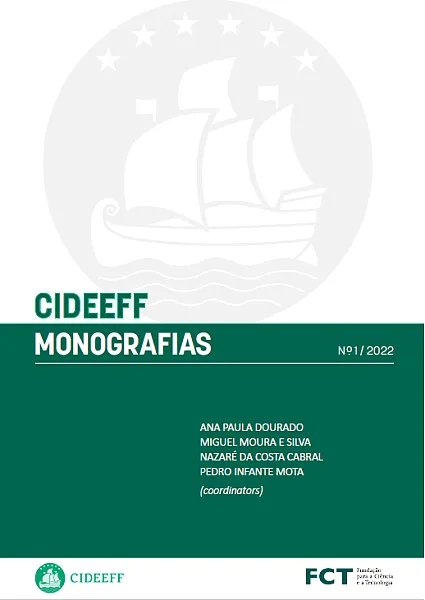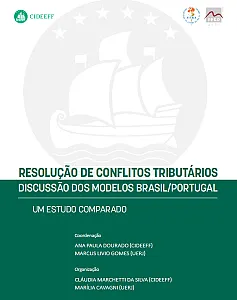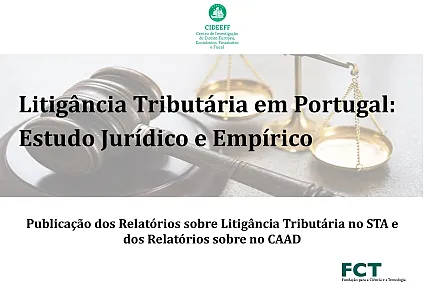Anti-Tax Avoidance Directive: the anti-hybrid regime in particular

The present thesis, entitled “The Anti-tax Avoidance Directive: in particular the anti-hybrid regime”, proposes an elaborate study on hybrid mismatch arrangements as an aggressive tax planning scheme.
The set of hybrid mismatch arrangements is thereby subject to analysis, with reference to the OECD Reports Neutralising the Effects of Hybrid Mismatch Arrangements, Action 2 – 2015 Final Report and also Neutralising the Effects of Branch Mismatch Arrangements, Action 2: Inclusive Framework on BEPS, being appointed, within the context of the aforementioned Reports, a group of solutions aimed at neutralising the double non-taxation outcomes achieved by these types of schemes.
Therefore, it shall be assessed the way the present topic is subject to legal action by the European Union, namely by means of the COUNCIL DIRECTIVE (EU) 2016/1164 of 12th June 2016 laying down rules against tax avoidance practices that directly affect the functioning of the internal market (ATAD I), and by means of the COUNCIL DIRECTIVE (EU) 2017/952 of 29th May 2017 amending Directive (EU) 2016/1164 as regards hybrid mismatches with third countries (ATAD II).
In this sense, a comparison between the regime implemented by ATAD I and ATAD II, the legal solutions therein enshrined and its compatibility with the solutions presented with the context of the BEPS in respect to hybrid mismatch arrangements phenomena is to be established. Consequently, the European legal solutions are hereby under scrutiny, being its viability to neutralise the asymmetrical outcomes herein discussed.
It is provided a legal framework on the different types of hybrid mismatch arrangements identified, as well as its respective structures and inherent features to the current phenomena, with the aim at contributing for a better understanding of the present subject.
Finally, this thesis shall carry out an approach regarding the practical issues emerging from the application of the ATAD II regime, namely the foreseen tax treatment for each hybrid mismatch arrangement, the existence of safeguard clauses and the absence of proper clarification in respect to the interaction of the relevant articles for the application of the solutions within the context of disregarded permanent establishments.
Recent Publications



